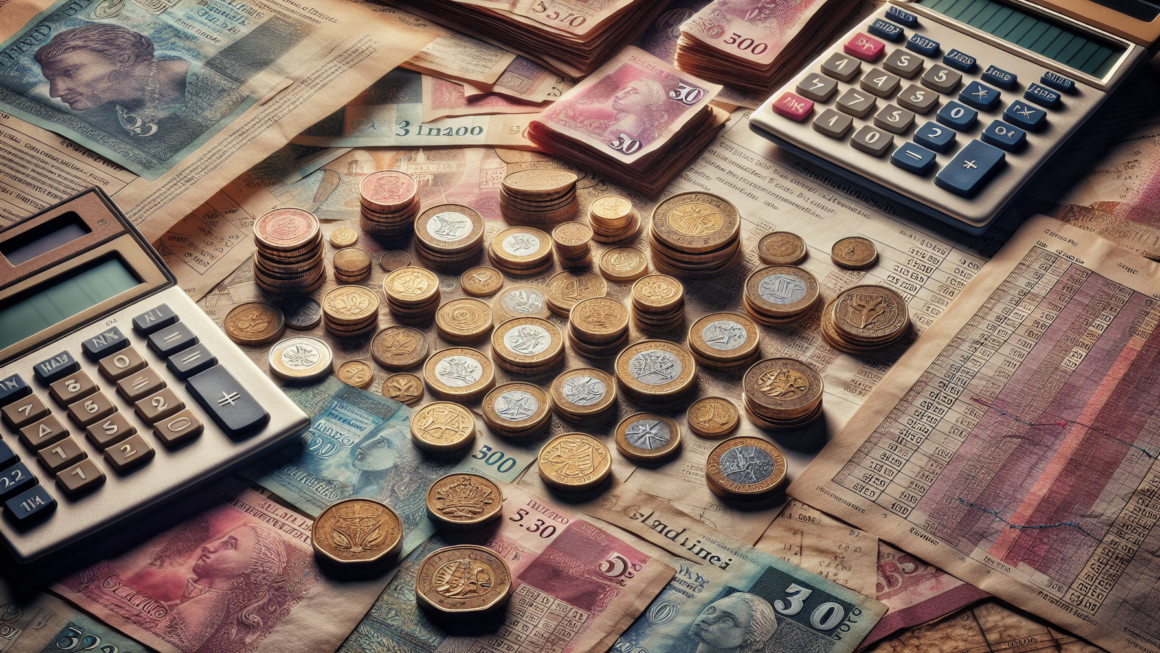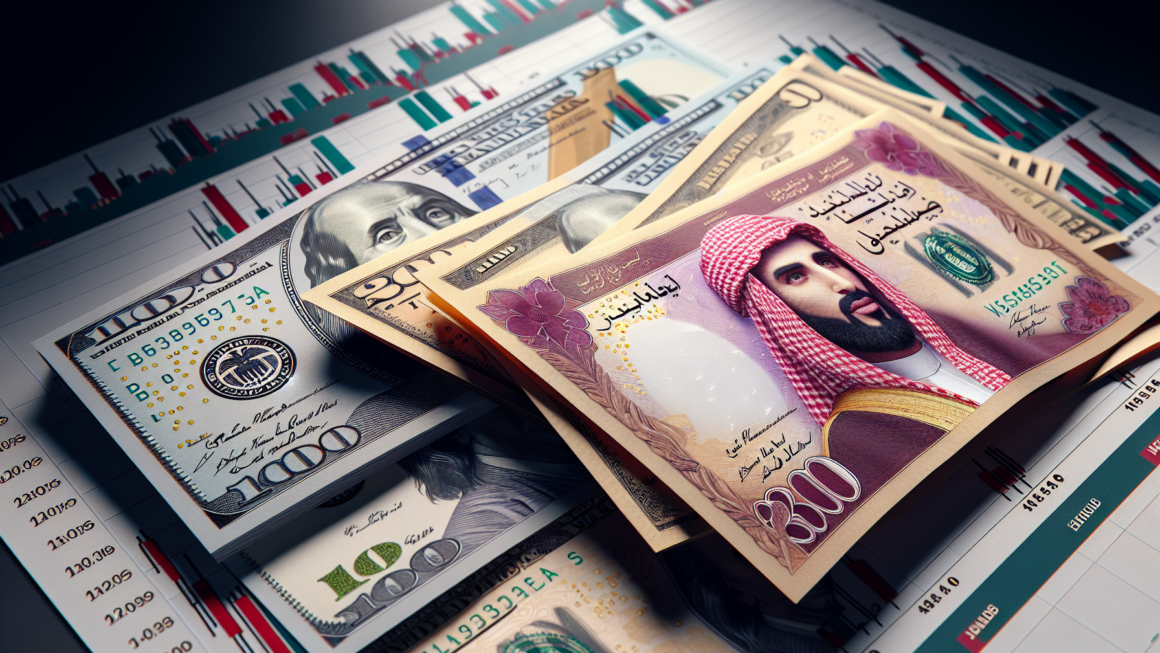Introduction to Malta’s Currency
Malta, a small island nation in the Mediterranean Sea, has a fascinating history when it comes to its currency. The country has undergone significant changes in its monetary system over the years, transitioning from the Maltese Lira to the Euro. Understanding the evolution of Malta’s currency is crucial for anyone interested in the country’s economy and financial landscape.
In this comprehensive guide, we will delve into the intricacies of Malta’s currency, focusing on the Maltese Lira and its exchange rates. We will explore the historical context, the adoption of the Euro, and the unique designs of Maltese Euro coins. By the end of this article, you will have a solid grasp of the key aspects surrounding Malta’s currency.
History of the Maltese Lira
The Maltese Lira, also known as the Maltese Pound, was the official currency of Malta until December 31, 2007. It was introduced in 1825 and remained in circulation for over 180 years. The Maltese Lira was subdivided into 100 cents, with various denominations of coins and banknotes in use throughout its history.
The Maltese Lira played a significant role in Malta’s economy, serving as the primary means of exchange for goods and services. It was also an important symbol of Malta’s independence and national identity. However, as Malta prepared to join the European Union, discussions began about adopting the Euro as the country’s official currency.
Transition from Maltese Lira to Euro
Malta joined the European Union in 2004, and as part of the accession process, the country committed to adopting the Euro as its official currency. The transition from the Maltese Lira to the Euro took place on January 1, 2008, following a period of dual circulation where both currencies were accepted.
During the transition period, a fixed exchange rate was established between the Maltese Lira and the Euro. One Euro was equivalent to 0.4293 Maltese Lira. This exchange rate remained in effect until the Maltese Lira was completely phased out, and the Euro became the sole legal tender in Malta.
Maltese Lira Exchange Rates
Understanding the exchange rates between the Maltese Lira and other currencies is essential for historical analysis and comparative studies. In this section, we will focus on the exchange rates between the Maltese Lira and the US Dollar (USD).
USD to MTL Conversion Rates
The exchange rate between the US Dollar and the Maltese Lira fluctuated over time based on various economic factors. As of June 19, 2024, the conversion rate stands as follows:
- 1 USD = 0.399572 MTL
- 5 USD = 1.99786 MTL
- 10 USD = 3.99572 MTL
It’s important to note that these exchange rates are for informational purposes only and should not be used for actual money transfers. For up-to-date and accurate exchange rates, it’s always recommended to consult reliable sources and financial institutions.
MTL to USD Conversion Rates
Conversely, let’s examine the exchange rates for converting Maltese Lira to US Dollars:
- 1 MTL = 2.50268 USD
- 5 MTL = 12.5134 USD
- 10 MTL = 25.0268 USD
These conversion rates provide a glimpse into the relative value of the Maltese Lira against the US Dollar. However, it’s crucial to remember that the Maltese Lira is no longer in circulation, having been replaced by the Euro.
Historical Exchange Rate Trends
Analyzing historical exchange rate trends can provide valuable insights into the performance and stability of a currency. Let’s take a look at some key statistics regarding the Maltese Lira’s exchange rate:
| Statistic | Value |
|---|---|
| Highest exchange rate (last 30 days) | 0.93437 |
| Lowest exchange rate (last 30 days) | 0.91684 |
| Average exchange rate (last 30 days) | 0.92459 |
| Volatility (last 30 days) | 0.30% |
These statistics provide a snapshot of the Maltese Lira’s performance in its final days before being replaced by the Euro. Understanding historical exchange rate trends can be beneficial for economists, researchers, and those interested in Malta’s financial history.
Euro Coins in Malta
With the adoption of the Euro, Malta introduced its own unique designs for the national sides of the Euro coins. These designs showcase important aspects of Malta’s culture, history, and heritage.
Designs of Maltese Euro Coins
The designs of Maltese Euro coins feature the following elements:
- €0.01, €0.02, and €0.05 coins: Depict the altar from the Mnajdra megalithic temples
- €0.10, €0.20, and €0.50 coins: Feature the coat of arms of Malta
- €1.00 and €2.00 coins: Showcase the George Cross, a symbol of bravery and honor
These designs reflect Malta’s rich history, cultural heritage, and national identity. They serve as a testament to the country’s proud traditions and its place within the European Union.
Malta’s Economy and Currency
Malta’s economy is closely tied to its currency and its membership in the European Union. As a small island nation, Malta relies heavily on trade, tourism, and manufacturing to drive its economic growth.
Key Sectors of Malta’s Economy
The key sectors that contribute to Malta’s economy include:
- Trade: Malta is heavily reliant on foreign trade, particularly with other European countries. The country’s strategic location in the Mediterranean makes it an important hub for international commerce.
- Tourism: Tourism is a significant contributor to Malta’s economy, with millions of visitors flocking to the island each year to enjoy its stunning beaches, historical sites, and vibrant culture.
- Manufacturing: Malta has a diverse manufacturing sector, with industries ranging from electronics and pharmaceuticals to textiles and food processing.
- Services: The services sector, including financial services, information technology, and online gaming, has been growing rapidly in recent years, contributing to Malta’s economic development.
Malta’s EU Membership and Euro Adoption
Malta’s decision to join the European Union in 2004 and subsequently adopt the Euro in 2008 has had a profound impact on its economy. EU membership has provided Malta with access to a larger market, increased trade opportunities, and enhanced investor confidence.
The adoption of the Euro has brought stability to Malta’s currency and has facilitated smoother trade and financial transactions with other Euro zone countries. It has also made Malta more attractive to foreign investors and has boosted the country’s tourism industry.
However, the transition to the Euro also presented challenges, such as the need for businesses and individuals to adapt to the new currency and the potential impact on prices and competitiveness.
Despite these challenges, Malta has successfully navigated its way through the Euro adoption process and has reaped the benefits of being part of the Euro zone. The country’s strong economic performance in recent years is a testament to the resilience and adaptability of its economy.
See also:




